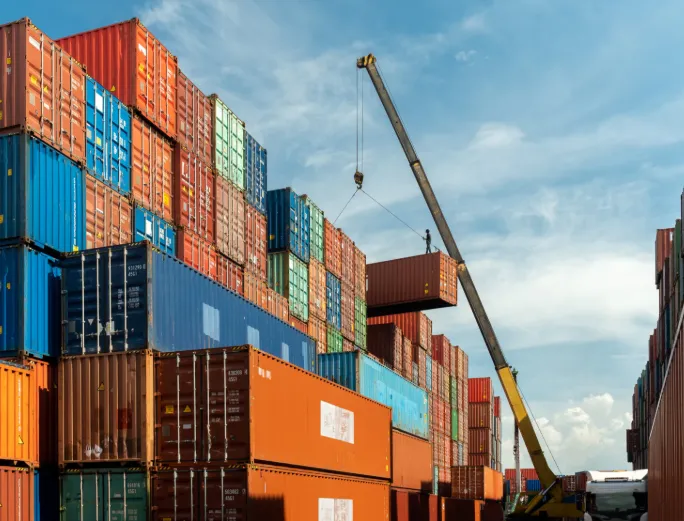The logistics industry is standing at a crossroads. Traditional methods of shipment tracking and supply chain management are proving inadequate for today’s unpredictable environment. Static dashboards and delayed reports can’t keep pace with the disruptions that have become a daily reality. Instead of rare “black swan” events, volatility has become the norm.
Global operations are under immense pressure. Conflict in key waterways has forced ships to take long detours, sometimes adding weeks to delivery times and millions in added fuel costs. Droughts, political instability, labor unrest, and tariff changes keep reshaping trade patterns, pushing companies to depend more on air freight and overland routes. The results are longer lead times, soaring costs, and missed revenue opportunities for some of the world’s biggest brands.
The challenge is that many organizations are still relying on outdated tools: spreadsheets, siloed data, and manual coordination. These systems are reactive at best, leaving companies stuck in crisis mode.
Why Old Systems No Longer Work
Conventional supply chain software was designed for stability, not volatility. It works by optimizing the obvious variables under normal conditions, which is far from the reality businesses face today.
When tariffs or political risks surface, many companies respond by stockpiling inventory. While it may feel like a safety net, it ties up capital, fills warehouses, and distorts demand planning. Teams end up making decisions based on scattered data and guesswork, often struggling for days just to locate shipments or reroute goods. The delays are costly, both financially and strategically.
Enter the AI-Driven Supply Chain
The future lies not in more spreadsheets or incremental automation, but in intelligent, AI-powered systems that anticipate and act in real time. Here’s what that transformation looks like:
1. Real-Time Predictive Visibility
Think of how food delivery apps let you track every step of an order. Now imagine that same level of transparency applied to global shipping. AI can integrate data from ports, weather reports, and customs systems to give companies not only the current location of their goods, but also predictive alerts about possible delays. More importantly, it can suggest alternate routes and automatically adjust downstream operations before problems escalate.
2. Smarter Inventory Strategies
Hoarding stock is no longer a viable long-term tactic. AI enables precise forecasting by combining demand signals with external factors like tariffs, regulations, and economic conditions. Instead of static planning, companies can rely on dynamic recommendations for where to position inventory, when to reorder, and how to balance supply across multiple markets—all while keeping costs in check.
3. Dynamic Rerouting and Decision Support
For centuries, shipping routes have remained largely the same, but today’s environment demands agility. AI can instantly evaluate new paths when congestion, strikes, or weather events occur. Beyond identifying risks, these systems can simulate alternative scenarios, compare costs, and guide teams toward the most efficient option—often automating the response entirely.
4. Intelligent Shipper Management
Selecting the right carrier has always been critical, but manual evaluations can’t keep up with today’s pace. AI can continuously assess shipper performance by analyzing live data from shipping records, financial indicators, even news and social sentiment. Companies can book with confidence, avoid unreliable carriers, and factor in sustainability metrics like carbon emissions to align with ESG commitments.
From Chaos to Control
Modern supply chains are sprawling ecosystems, intertwined and global. A single disruption can ripple across industries and economies. Managing this complexity requires more than visibility—it requires intelligence that turns data into clear, actionable guidance.
The real value of AI isn’t just speed; it’s the ability to empower organizations to anticipate problems, prevent disruptions, and perform consistently under pressure. What once meant tracking a shipment’s arrival now extends to shaping strategic decisions that can influence years of business performance.
The companies that thrive in the next era of logistics won’t simply collect data. They will act on it instantly and confidently. The urgency is clear: supply chains don’t just benefit from AI in the future—they need it today.







